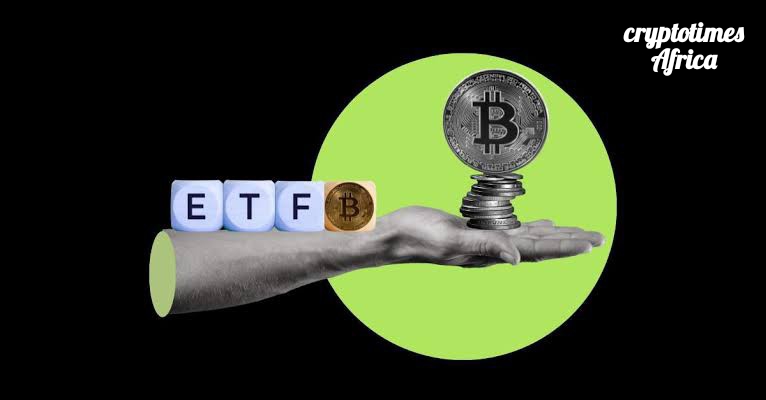
Why a Bitcoin ETF Is not the same as actual Bitcoin
The world of cryptocurrency is never short of surprises, and the recent buzz around the newly approved U.S. Bitcoin ETFs is no exception. These financial products have stormed the market, capturing the attention of traders and investors alike with record-breaking trading volumes. But let’s cut through the hype for a moment and dive into what these ETFs truly represent – and more importantly, what they don’t.
Despite their popularity, Bitcoin ETFs miss the core essence of what Bitcoin is all about. Satoshi Nakamoto didn’t spend sleepless nights coding Bitcoin into existence just so it could be repackaged into a Wall Street-friendly format. Bitcoin was designed to dismantle the very foundation of traditional financial systems, promoting peer-to-peer transactions without the need for intermediaries. Yet, here we are, with Bitcoin ETFs serving as a stark reminder of the financial world’s reluctance to let go of the old ways.
The Illusion of Ownership
Bitcoin ETFs offer investors a taste of Bitcoin without giving them the real deal. Investors in these funds gain exposure to Bitcoin’s price movements without ever holding the cryptocurrency. This arrangement completely bypasses the revolutionary aspect of Bitcoin – financial sovereignty and ownership. Holding a Bitcoin ETF is like having a picture of a gold bar: it might look pretty, but you can’t use it to make jewelry.
The real kicker with Bitcoin ETFs is their reintroduction of counterparty risks, a concept as old as the financial institutions they aim to replicate. The collapse of giants like Lehman Brothers and more recent calamities involving FTX and Silicon Valley Bank are brutal reminders of what happens when trust is misplaced in centralized entities. Crypto, with its decentralized ethos, was supposed to be our escape route from this outdated system, yet Bitcoin ETFs seem to be leading us back to square one.
A Gateway, Not a Destination
However, it’s not all doom and gloom. Bitcoin ETFs, despite their shortcomings, are not the villains some make them out to be. They act as a beacon for new investors, drawing them into the crypto world with the promise of familiarity and ease of access. Just as the first gold ETFs did not spell the end for physical gold ownership, Bitcoin ETFs could very well be the trojan horse that introduces a broader audience to the concept of digital sovereignty.
These financial instruments are indeed a form of window-dressing, but they also serve as crucial stepping stones towards the broader adoption of cryptocurrencies. They familiarize the uninitiated with Bitcoin, paving the way for a future where the masses not only understand but also embrace the ideals of self-custody and financial autonomy.
While Bitcoin ETFs dance in the limelight, attracting investors with their siren songs, the true nature of Bitcoin remains unchanged. It is a tool for empowerment, a digital declaration of independence from the traditional financial system. Bitcoin ETFs are merely a chapter in the ongoing saga of cryptocurrency’s integration into mainstream finance. They are not the end goal but rather a means to an end, a waypoint on the journey towards a future where financial freedom is not just a privilege but a right.
So, while the glitter of Bitcoin ETFs might catch your eye, don’t let it distract you from the real treasure: the revolutionary potential of Bitcoin itself. After all, in the grand scheme of things, an ETF is just a piece of the puzzle, not the picture it promises to be.


